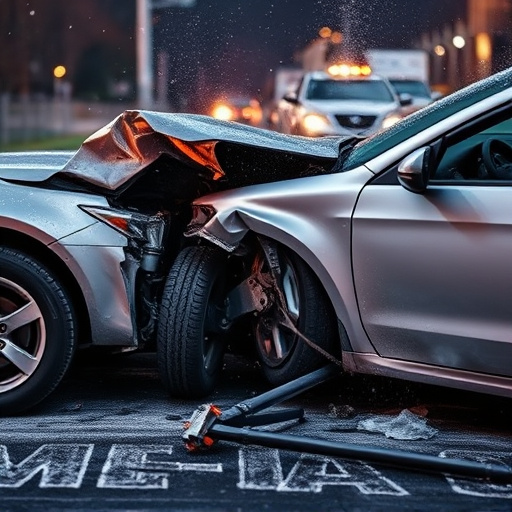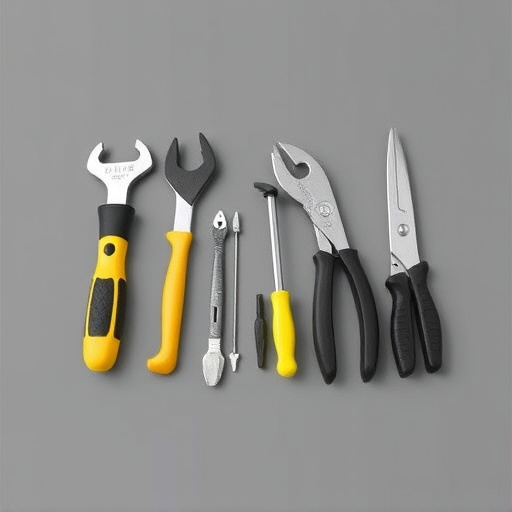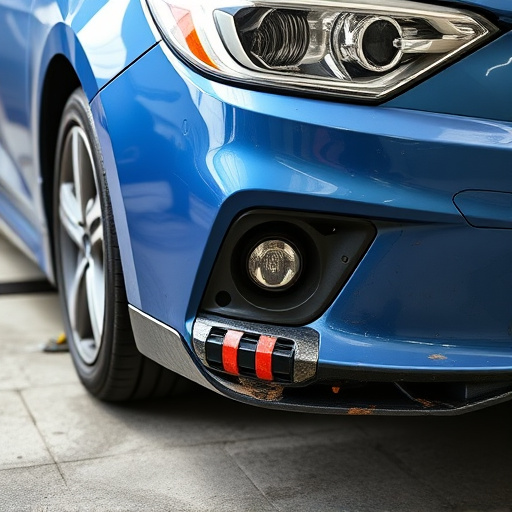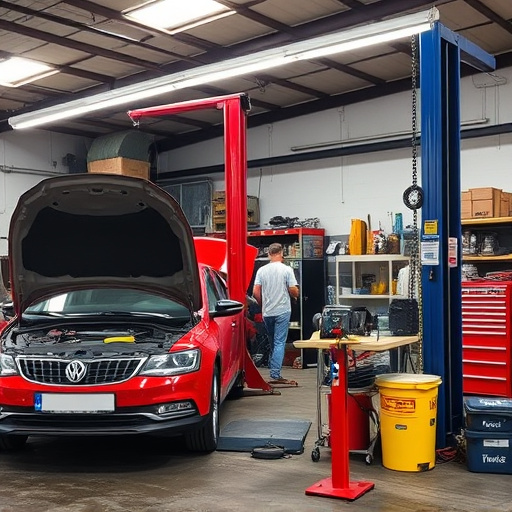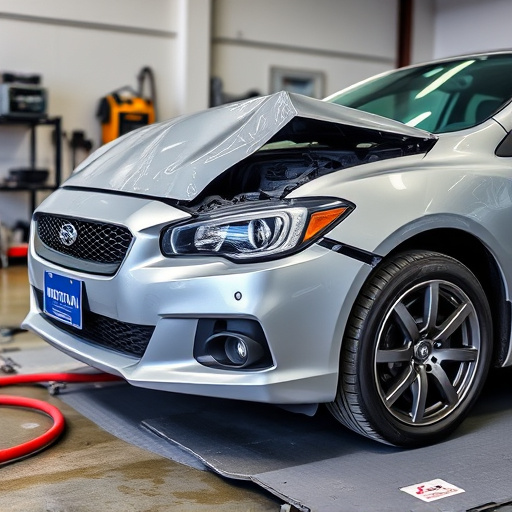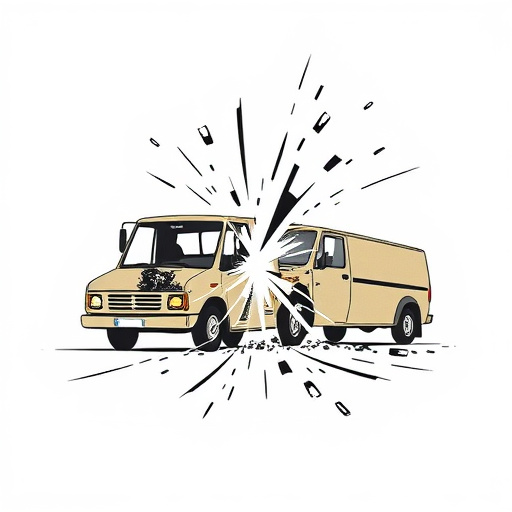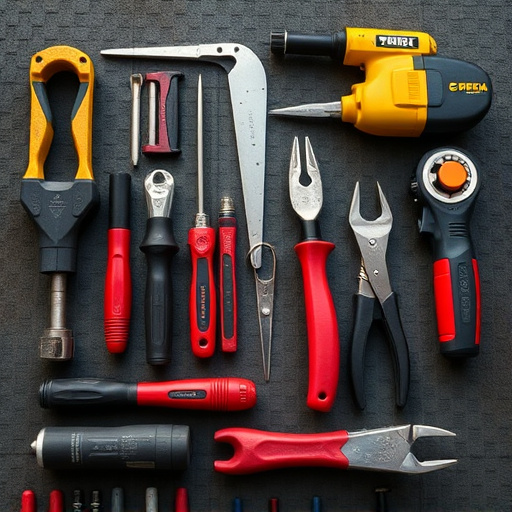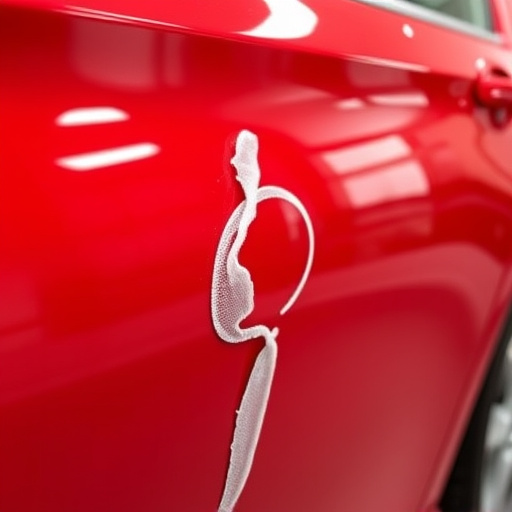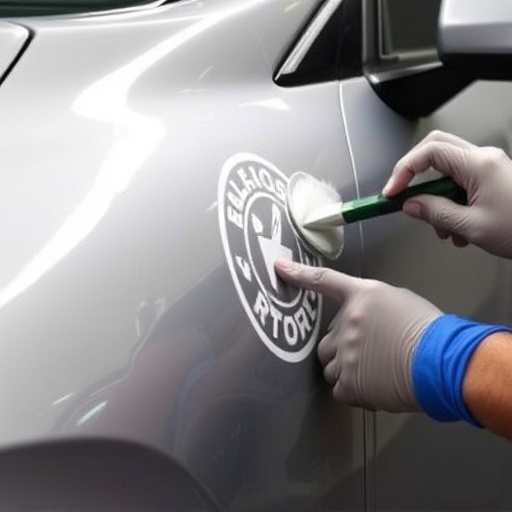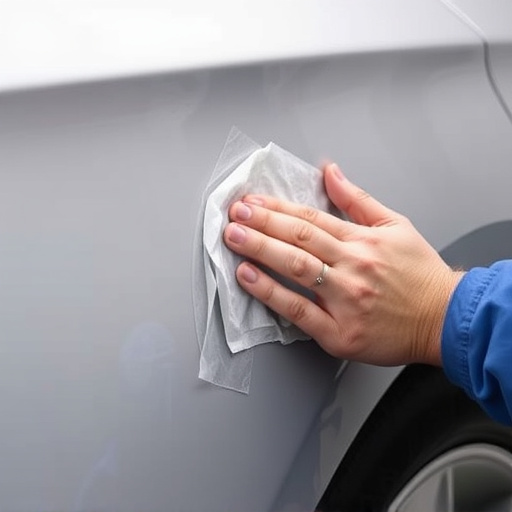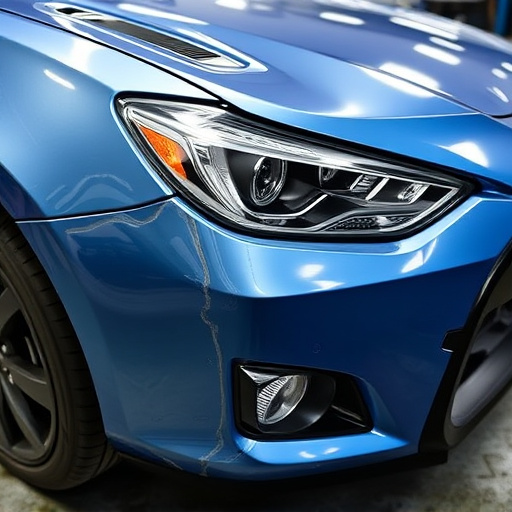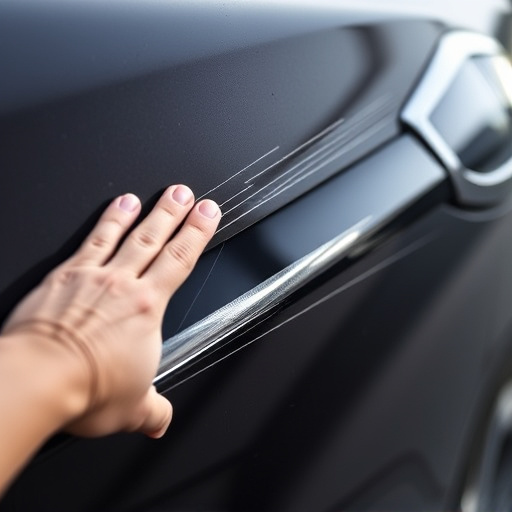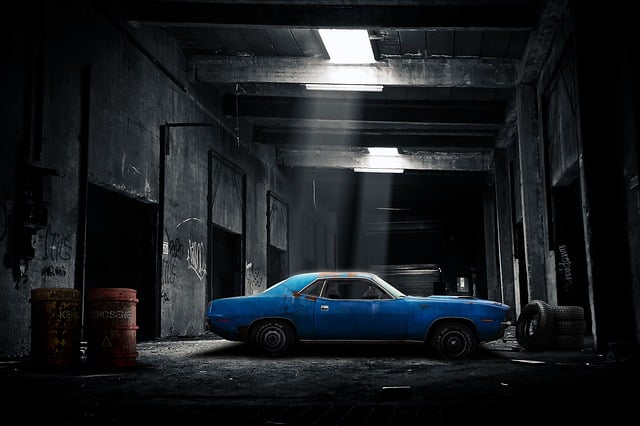Car collision repair prioritizes safety through thorough inspections. Skilled technicians assess structural integrity, critical components like brakes and auto glass, and vital systems to ensure optimal performance and driver/passenger well-being. Meticulous evaluations, including exterior/interior assessments, tire conditions, alignment, and paint quality, guarantee vehicles meet pre-accident standards, enhancing road safety and customer satisfaction through comprehensive collision repair services.
When your vehicle experiences a collision, prompt and reliable car collision repair services are crucial. Safety inspections play an essential role in ensuring that your vehicle is not only repaired but also safe for the road. This article delves into the critical aspects of safety checks during auto body repair, highlighting key components and the ongoing importance of thorough inspections post-collision to guarantee quality and peace of mind.
- Understanding Essential Safety Checks in Auto Body Repair
- Key Components of a Comprehensive Collision Repair Inspection
- Ensuring Quality and Safety: The Role of Inspections Post-Collision
Understanding Essential Safety Checks in Auto Body Repair
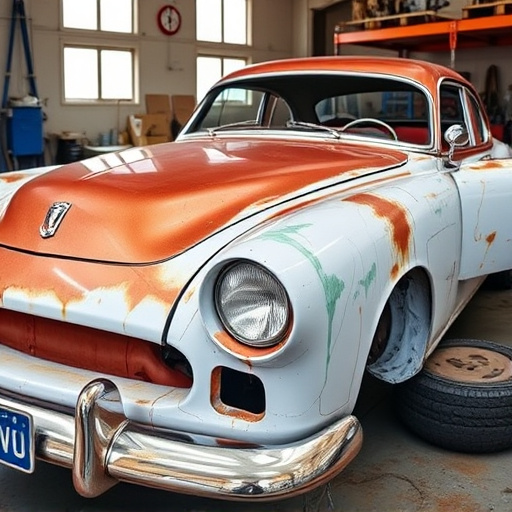
When a vehicle undergoes car collision repair, ensuring safety is paramount. Beyond simply fixing visible damage, auto body repair professionals perform a series of crucial safety checks to restore your car to its pre-accident condition and prevent future hazards. These include meticulous assessments of structural integrity, especially in areas like the chassis, frame, and suspension systems, which can be severely affected during a collision.
In the process, skilled technicians also inspect vital components such as brakes, tires, lighting systems, and auto glass repair to guarantee they are functioning optimally. For fleet repair services or comprehensive car collision repair, these safety checks are even more critical to ensure the well-being of drivers and passengers while on the road. This meticulous attention to detail helps in identifying potential issues that may have been caused by the impact, enhancing overall vehicle safety and reliability.
Key Components of a Comprehensive Collision Repair Inspection
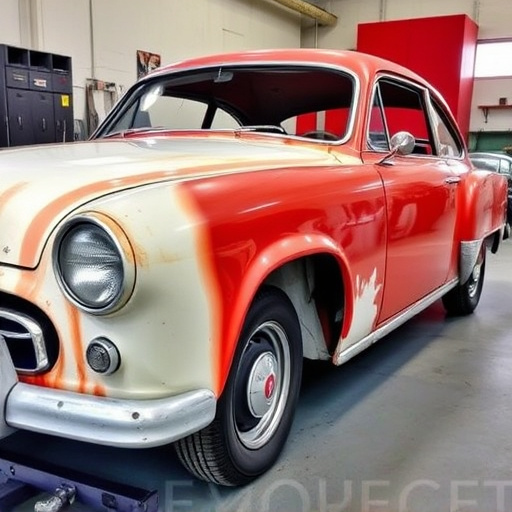
A comprehensive collision repair inspection is a meticulous process that forms the backbone of any reliable car collision repair service. It involves a detailed assessment of the vehicle’s damage, structural integrity, and overall safety. The key components of such an inspection include a thorough exterior and interior examination, where every dent, scratch, and crack is documented. This initial evaluation sets the stage for accurate estimates and ensures that no hidden issues go unnoticed.
Additionally, mechanics will assess critical systems like brakes, suspension, and steering to guarantee they function optimally after repairs. In the case of auto glass repair, specialized equipment is used to measure and replace windshields or other glass components, ensuring clarity and structural soundness. Other essential checks include verifying alignment and paint quality, as these aspects contribute to a vehicle’s overall performance and aesthetics, enhancing customer satisfaction and safety on the road through comprehensive body shop services.
Ensuring Quality and Safety: The Role of Inspections Post-Collision
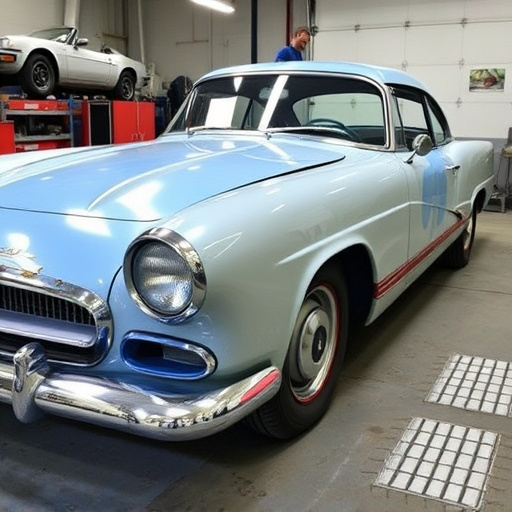
After a car collision, ensuring quality and safety during the repair process is paramount. Safety inspections play a crucial role in this regard, acting as a critical step to guarantee that vehicles return to the road in as good or better condition than before the accident. These thorough checks cover multiple aspects of car collision repair services, including structural integrity, tire conditions, and mechanical functionality.
Inspections involve meticulous evaluations of the vehicle’s body, frame, and various systems. Skilled technicians assess damage to components like the chassis, suspension, and panels, ensuring proper alignment and secure fitting during the repair process. Additionally, these inspections often include checks on vital fluids, electrical systems, and lighting to verify their functionality. This comprehensive approach ensures that not only is the visual appearance of the vehicle restored through auto painting and vehicle body repair services, but also its overall safety and reliability, addressing any potential risks associated with tire services or other critical systems.
Safety inspections are an integral part of any reputable car collision repair service. By thoroughly examining vehicles post-collision, auto body shops can ensure that all repairs meet high standards and prioritize driver and passenger safety. These meticulous processes, involving key components like structural integrity checks and system functionality assessments, not only guarantee the best possible outcomes but also provide peace of mind for those involved in automobile accidents. Incorporating these essential safety checks into collision repair services is a testament to the industry’s commitment to fostering quality and reliability in vehicle restoration.
